At 12:05 p.m. on Friday, Feb. 9, the computer lab was buzzing with energy. Around 40 journalism students were crammed into the room, holding notebooks and pens and chatting as they waited for the bell to ring to mark the start of the period — and the long-awaited event that they had spent weeks preparing for.
Since near the beginning of the school year, students in Journalism and Advanced Journalism have been studying the work of Eli Saslow, a two-time Pulitzer Prize winner and writer-at-large for The New York Times. By reading, analyzing, and discussing Saslow’s work, which consistently appears on the front page of the Times, students were searching for answers to the course’s guiding questions: Why is journalism important, and what does excellent journalism look like?
On Friday, Saslow himself visited La Salle’s journalism classroom to provide some of the answers to those questions.
As it turns out, Saslow resides a mere ten minutes away from La Salle, and upon being contacted by Journalism and English teacher Mr. Miles Kane, was happy to devote more than an hour of his time to speak to the class about his work as one of the most distinguished feature writers in the country.
The structure of the conversation began with a Q&A session moderated by The Falconer’s Editor in Chief, senior Josephine Robinson. Afterward, it was opened up to general questions, with anyone able to ask about Saslow’s career, writing process, and experience as a journalist.
Preceding the Q&A session, Saslow took a moment to introduce himself as the class settled in. “I really appreciate that you guys have read some of my stories,” he said. “I know they can be kind of heavy and sad … [but] I really appreciate you guys not only thinking about journalism, but also the people that I write about.”
The stories that the journalism students had been studying up until that point are known as feature stories, which are in-depth profiles of a person or topic. Saslow’s beat — a particular focus of a journalist — is that he travels the country to tell the story of how large issues that are rampant in American society, such as homelessness and gun violence, are impacting individual people. For example, a recent article of his featured a man who was involved in the Jan. 6 Capitol riot, and another, a private security guard who works in downtown Portland.
Saslow describes his beat as “a particular kind of storytelling.” Serving as an editor for both his high school and college newspaper, he always had a knack for writing, but after starting his career writing high school sports stories for the Washington Post, he realized that the type of writing he was engaging in was not bringing him joy.
“I always knew that I wanted to write about people,” he said. “None of the stories that I was doing when I was writing 300 words about high school volleyball games were like, ‘this is why I want to be a journalist.’”
So, in the midst of his sports writing, Saslow was always working on different types of stories — ones that suited his own passions and interests. As time went on and his work improved, he eventually began to transition away from sports writing and towards feature writing, delving into the stories of not only people’s struggles but all elements of their being, including their motivations, feelings, thoughts, and actions that led them to whatever position they happened to be in.
After reporting for the Washington Post, winning a Pulitzer Prize for explanatory writing in 2014, publishing three books, and writing a movie, Saslow started working as a feature writer for The New York Times in February of 2023, and won another Pulitzer Prize — this time for feature writing — that same year.
Though Saslow has been able to focus on the work he loves throughout the years, the meticulous level of detail that goes into the writing that he produces means that each story requires an immense amount of dedication and energy, both mentally and physically. In order to help the journalism students gain a better understanding of how he discovers and reports on his topics, he briefly summarized his writing process.
The first step in any of Saslow’s stories is gathering information and data. “I want to write stories about people … but more people are going to care about those stories if those people show us something about a big thing that’s going on in the country,” he said. For that reason, he explained that the two central questions that guide his story writing are: what are the big crises going on in America, and how can I write a story about the hidden people that are experiencing them?
Prior to pinpointing a specific destination to find people to interview, Saslow does extensive research, ranging from examining statistics to talking to experts or people in power. For example, what led Saslow to a homeless man in San Diego named Abdul was that through his research, he discovered that the city’s deaths resulting from homelessness had risen dramatically in recent years. This information revealed that San Diego would be a good place to report a story on the nation’s homelessness crisis.
After locating the epicenter of an issue, he travels there, and will often take several multiday trips to a destination in order to fully capture a story. “The only way, really, to find somebody who is in the middle of a crisis is to go there,” he said. From there on out, his goal is to talk to as many people as he can, searching for those who are directly impacted by a pressing issue — those whose lives are consumed by the things we hear about on the news but often don’t come in direct contact with ourselves.
“Part of being a journalist is being able and willing to talk to all kinds of different people,” Saslow said. For him, this can mean spending time on the streets of San Diego talking to medical workers, people who work at soup kitchens, homeless people, and anyone else that could lead him to find a person to center a story around.
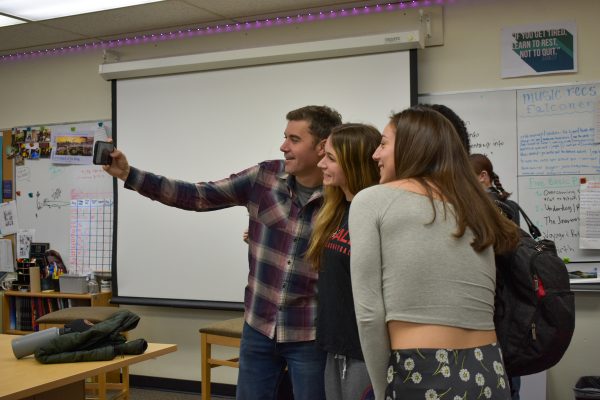
“The great gift of being a journalist is that I’m coming to people not from a place of judgment … I’m coming to them from a place of understanding.” Saslow said. “I’m curious, and I’m also empathetic.”
For Saslow, empathy is critical to his work, as he often interacts with people who are grappling with painful, dangerous realities and traumatic experiences. To tell their stories accurately, not only does he have to approach them from an understanding yet unbiased perspective, but he has to earn their trust, which can be a difficult thing to do when he enters their lives as a virtual stranger.
“I come with a label of, ‘wow, he’s from the New York Times,’ and most of the people I’m writing about — they’ve never been written about before, and that’s intimidating,” he said. “The biggest thing is being present in their lives … [and] making it really clear, however I can, that I’m there because I care.”
Though asking people to share intimate details about their lives with him — and eventually, the world — can be difficult for both parties involved, Saslow stressed the importance of not shying away from those moments, and instead approaching them with the mindset that journalism is meant to amplify the voices of those that are often overlooked by society.
“I’m trying to do justice by the people I write about, and I’m trying to show their lives as they really are,” he said. “Sometimes that means showing people things that are really painful.”
To share people’s stories with the world, however, Saslow also has to confront numerous hurdles throughout the reporting process, some of which pose threats to his own well-being.
For example, it’s not uncommon for him to wind up in dangerous scenarios that most people would go to great lengths to avoid. He recently returned from a trip to one of the most remote parts of the U.S.-Mexico border, where he could see Sinaloa Cartel scouts staring back at him from the hilltops. In other instances, he might spend the night on the street in areas where a lot of drug use is occuring, or expose himself to other dangerous elements of our society that many of us are lucky enough to be sheltered from.
Saslow also shared about his experience having to navigate the complex ethical issues in journalism. “It’s complicated as a journalist because I’m not an advocate,” he said. “My job, unfortunately, is not to get there and solve the problems in their lives. My job is to get there and to learn about the problems and write about them really honestly.”
Because of this, many students were curious about what strategies he uses to stay positive and hopeful despite often being immersed in some of the most challenging issues the country is facing. In response to that, Saslow pointed out a key difference between him as a reporter and the people he reports on.
“One of the huge privileges of being a journalist is that for us, the stories end,” he said. “In some random lottery, this is the place that I happened to be born, and meanwhile, everyone else is still living that story — they don’t get to leave it.”
Because of this, Saslow noted that the pain he may experience as a result of reporting on difficult issues is “infinitesimal compared to the people that I’m writing about.” However, what he can do within his position as a journalist is pursue hidden stories, share them with others, and expand his own perspective. In this sense, his job is a “constant gift” that allows him to leave his bubble, consistently changing the preconceptions he may hold about a group of people prior to his reporting.
“It’s fortifying,” he said. “It gives so much more than it ever takes out of me.”
Saslow’s goal is that his audience experiences the same things he does while reporting. “The whole point of my work is that hopefully, in some very fractional way, it might change somebody who reads it,” he said. “This might sound cheesy, but it might expand their heart a tiny bit.”
Whether students are interested in pursuing journalism or not, Saslow’s biggest piece of advice is that people discover what it is in life that they’re passionate about, and find meaning in the work that they’re doing.
“I like my job — I’m there because I care,” he said. “If I don’t feel things for the people that I’m writing about … how can I ever hope that I’m going to write it in a way that’s going to make anyone else feel anything?”



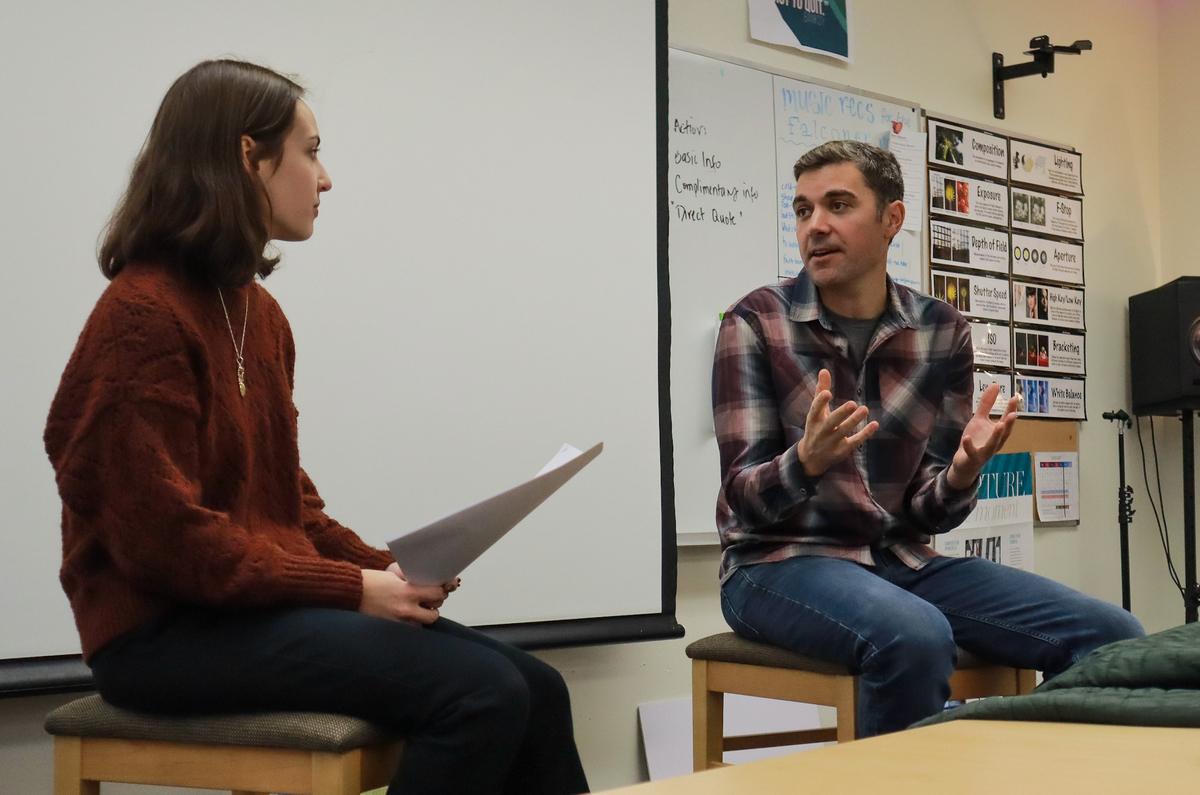
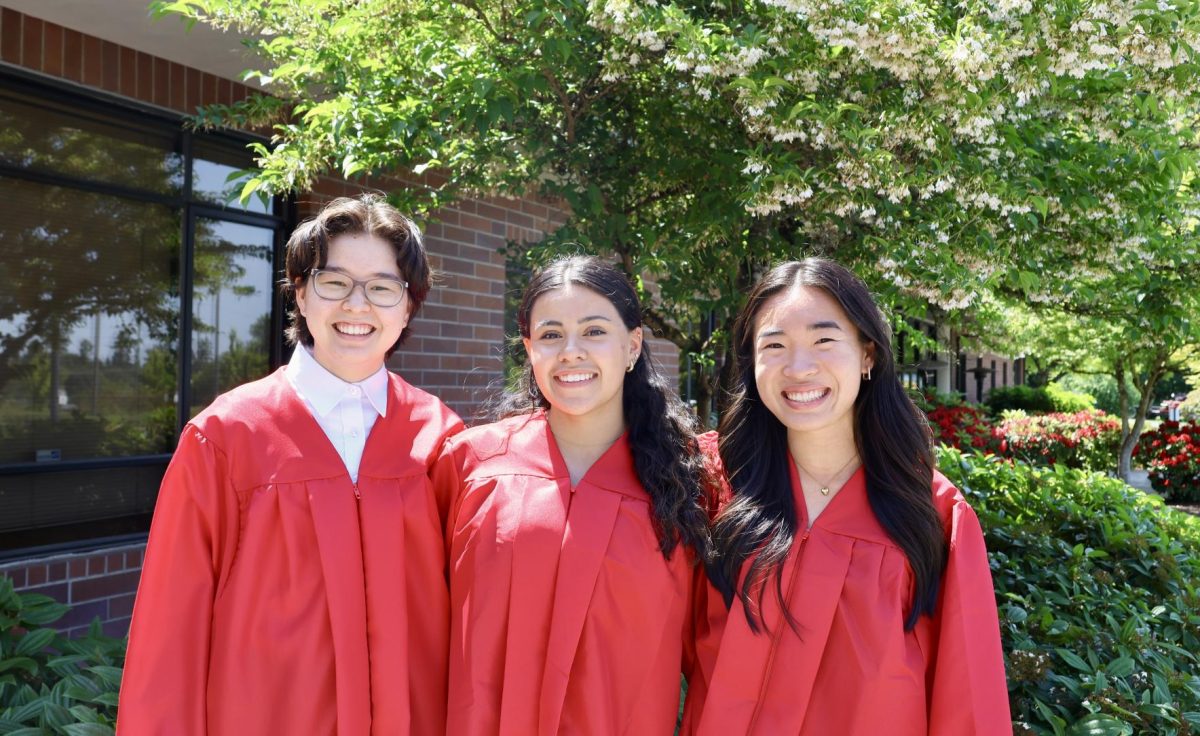
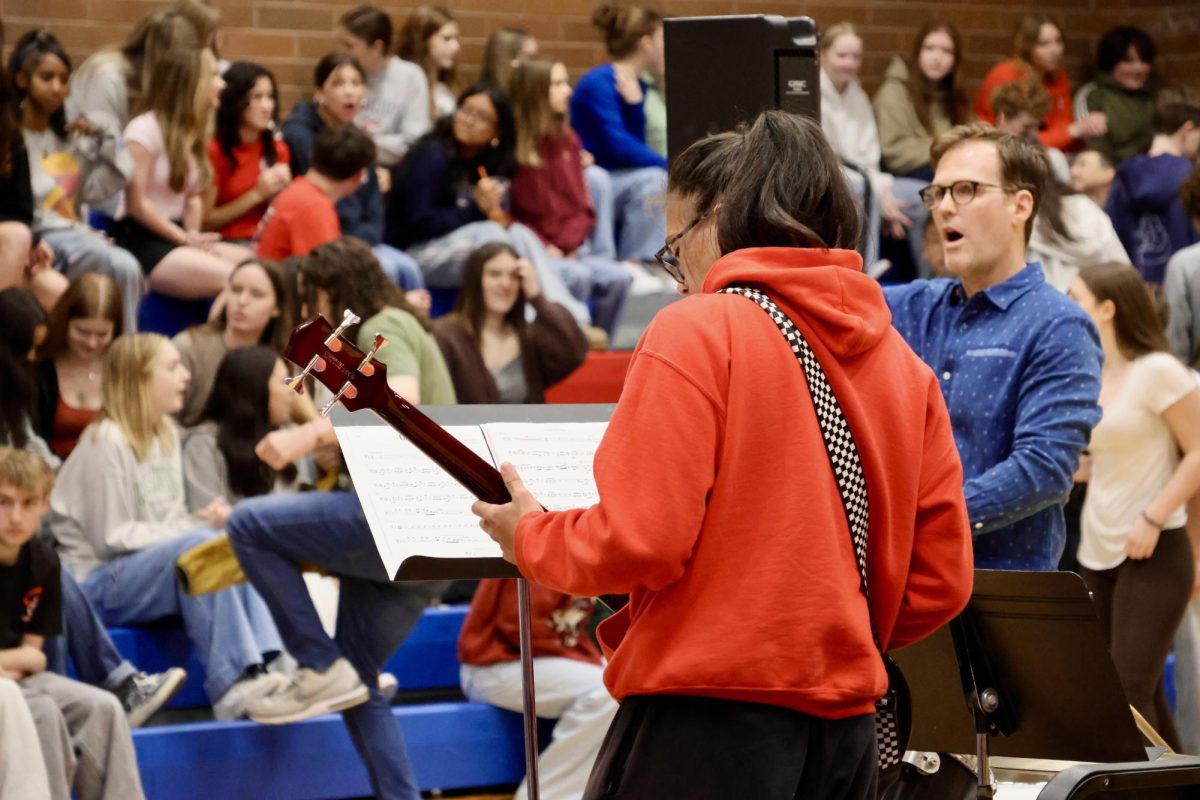



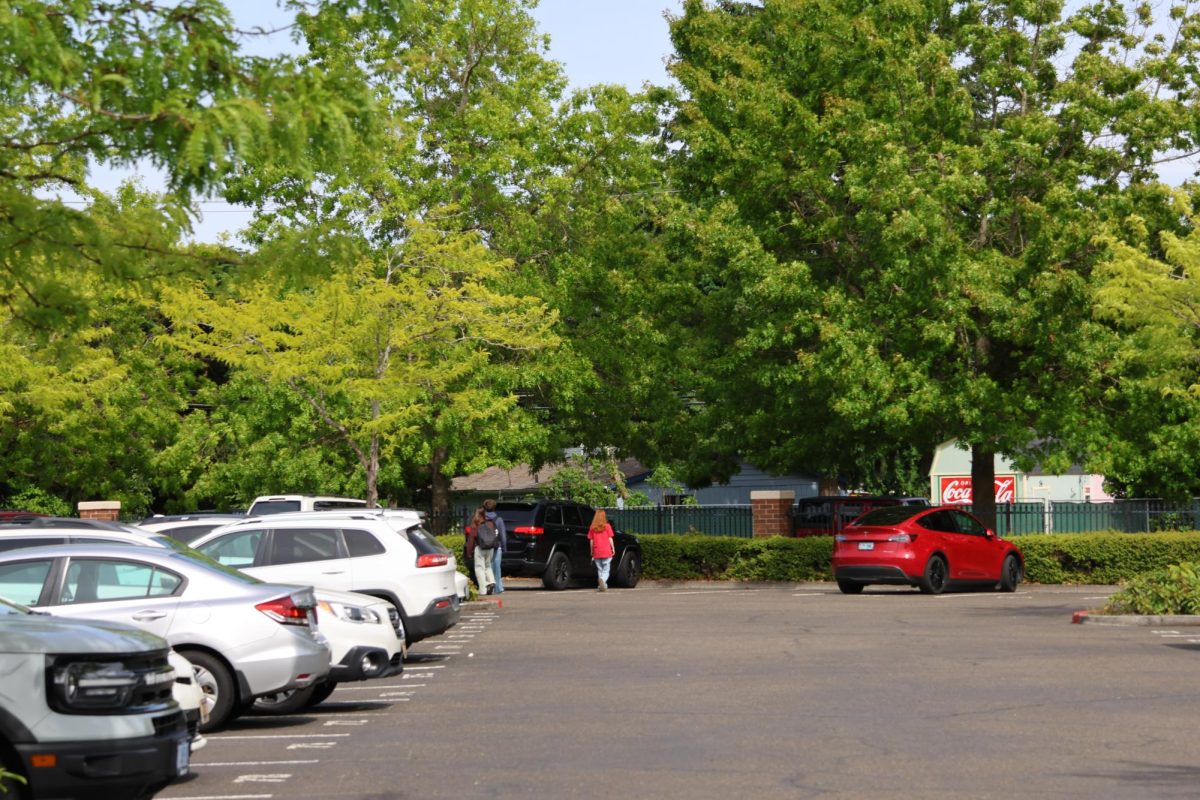
Chris Krantz • Feb 16, 2024 at 8:42 pm
Here is my highest compliment: I wanted to be there, but I couldn’t. However, your reporting of the event, Seychelle, made me feel like I was there, and I came away with having learned something truly important from this outstanding journalist. (For starters: “‘I’m coming to them from a place of understanding.’ Saslow said. ‘I’m curious, and I’m also empathetic.’”) Curiosity and empathy–there it is folks, the recipe for a personally fulfilling and life-sustaining planet. Thank you, Seychelle! The entire team of journalists, led by our brilliant Mr. Kane, continues to produce the highest level of high school journalism. We are so proud of the work you all do and the way you represent La Salle.